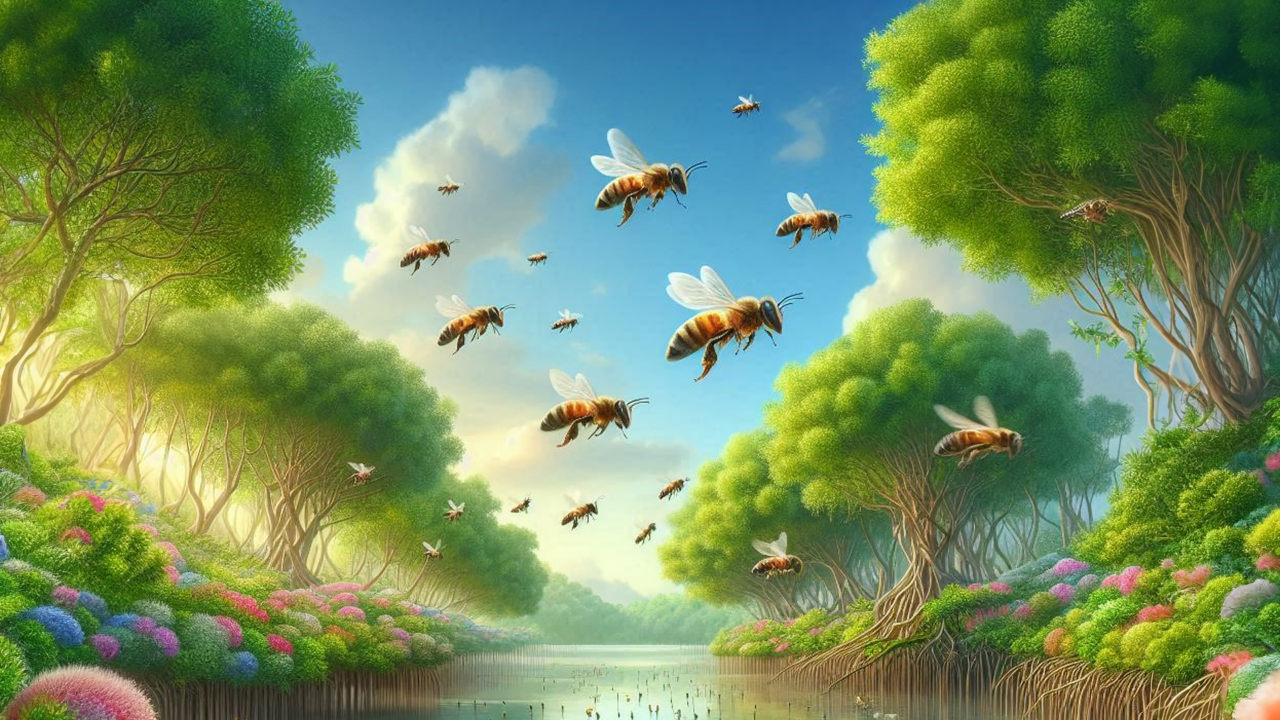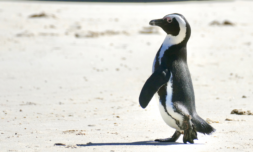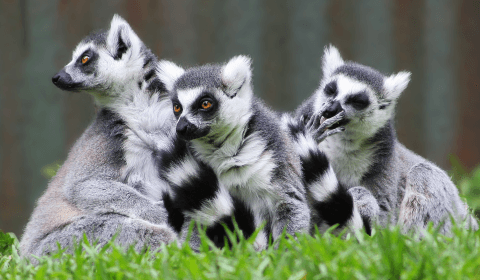Stretching along the coastline, the mangrove forests provide a bulwark against coastal erosion, nurture an array of marine life, and play an essential role in the global carbon cycle. Yet, the mangroves face a relentless threat from illegal logging, driven by demand for timber and charcoal.
An innovative idea is turning the tide in favour of mangrove conservation. Thought out by locals, the hidden beehives ploy is now spearheaded by a grassroot organisation ‘Tulinde Mikoko.’
‘Tulinde Mikoko,’ meaning ‘Let’s Protect Mangroves’ in English, is a community-led initiative that has propelled the ingenious approach to protect these critical habitats using hidden beehives. These hives are strategically placed within the mangrove forests, creating a natural deterrent against illegal loggers.
The presence of bees, known for their defensive nature, discourages intruders from venturing into the protected areas, thus safeguarding the trees.
The idea is simple yet effective. Bees are highly territorial and will defend their hives aggressively. Loggers, wary of painful stings, are less likely to risk entering areas where beehives are hidden. This method not only protects the mangroves but also harnesses the power of nature to combat environmental crime, showcasing the ingenuity and resourcefulness of the local communities.
Mangroves, often referred to as the ‘kidneys’ of the coast, filter pollutants and provide a nursery for many marine species. They act as natural barriers, protecting coastal areas from storm surges and erosion, and their dense root systems trap sediments, stabilising shorelines.
According to the UN, mangroves are extraordinary carbon sinks, sequestering carbon dioxide at rates significantly higher than most terrestrial forests, thus playing a crucial role in mitigating climate change.
In Kenya, the mangroves are not just ecological treasures but also economic assets. They support fisheries, providing breeding grounds for fish and shellfish that are vital to the local economy. The tourism industry also benefits from the rich biodiversity and scenic beauty of these coastal forests, attracting visitors from around the world.
The introduction of beehives has brought an additional benefit to the coastal communities too – honey production. Beekeeping offers a sustainable livelihood, providing a source of income that is in harmony with environmental conservation.
The honey harvested from the mangrove areas is unique, with a distinct flavour derived from the diverse flora of the region. This specialty product fetches a premium price in both local and international markets, enhancing the economic resilience of the surrounding populations.
Moreover, beekeeping fosters a deeper connection between the people and their environment. As custodians of the bees, the locals become more invested in the health of the mangroves, understanding that the well-being of their hives is intrinsically linked to the vitality of the forest.
The success of ‘Tulinde Mikoko’ is the drive of community-led conservation efforts. Integrating traditional knowledge with canny practices, the initiative has not only continued to curb illegal logging but also promote sustainable development.
Through the efforts of the locals and the organisation, the mangroves of Kenya’s coastline continue to grow and prosper. Kudos to them all.

















